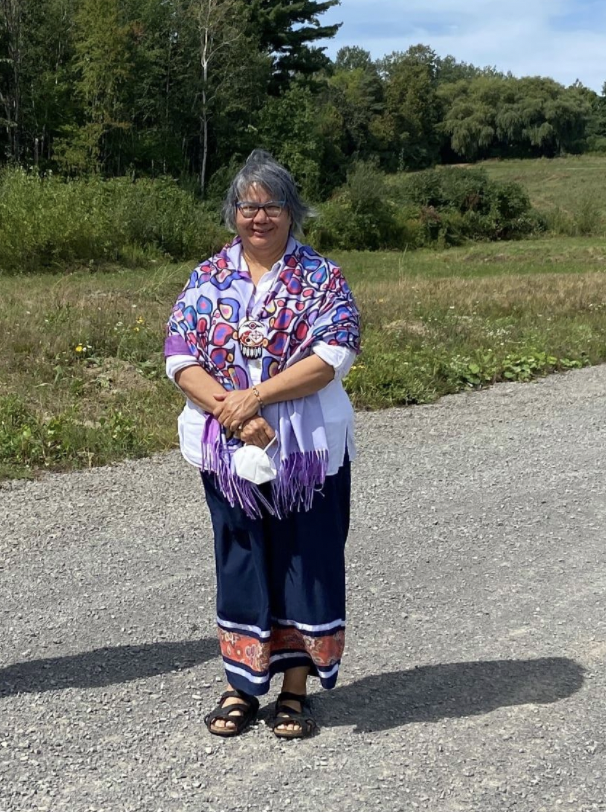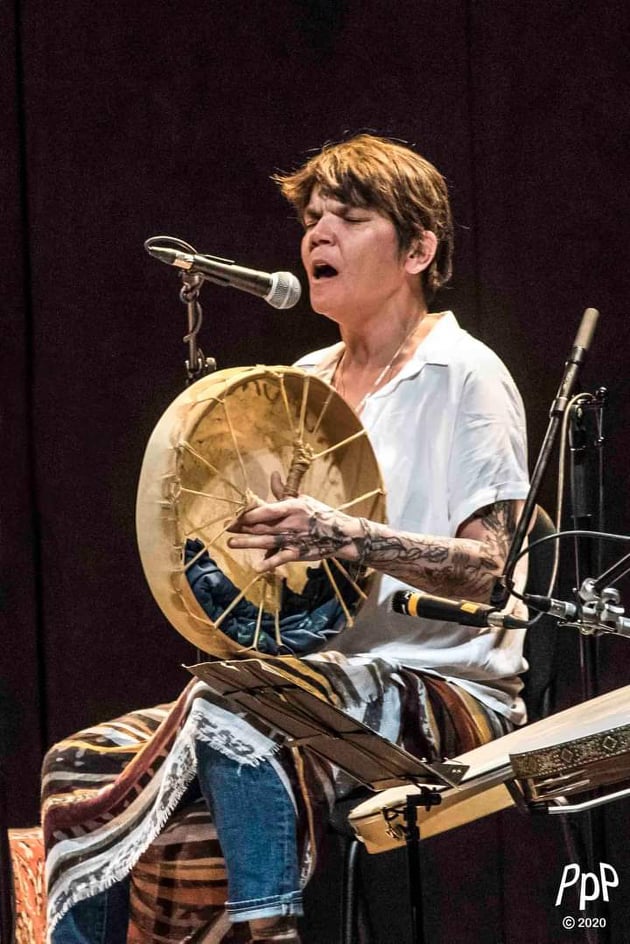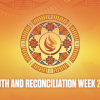-
Truth and Reconciliation Week: Treaties and Unceded Territories
Treaties
Indigenous Peoples made treaties or agreements with each other long before the arrival of the settlers. These treaties helped to resolve conflicts and maintain good relationships between Indigenous groups. There is a long history of treaties between Indigenous people and the Crown(Government of Canada). There are 70 historic treaties and 24 Modern Treaties. This year is the 150th anniversary of Treaty 1 and Treaty 2 in Manitoba.
Indian Act
The Indian Act was created in 1876 and its goal was that the settlers would have control over all aspects of Indigenous culture. It forced a framework that excluded Indigenous people from owning property, voting and even prohibited Indigenous people from gathering in groups. The Indian Act forced children to attend residential schools.
Unceded Territory
There are vast areas of Canada that are not covered by treaties. This includes most of British Columbia, Newfoundland and Labrador, and Quebec. Indigenous Knowledge Keepers state firmly that treaties that were made were not “surrenders.” The Treaties represent an agreement to share the land and the goal is for all residents of Canada to live together in mutual harmony.
Land Claims
Despite the intention that treaties were not surrenders, a great deal of land was taken from First Nations people. Some of the land was sold and the government allowed construction on Indigenous land. Entire Native communities were relocated, and some homes were burned to prevent people from returning home.
Over the past few decades, Indigenous people have worked very hard to create new treaties or agreements. In some cases, compensation is sought to address the wrongs of the past.
“Land back isn’t just about the return of land, like physically… I want to be clear about that. It’s about First Nations being able to benefit from the land that the Creator placed us on. We have Creator-given rights. We were placed on these lands by the Creator, and we have sacred responsibilities to those lands and waters and animals and all the resources.
Land back is about making sure that First Nations are managing and upholding their responsibilities to the land and benefitting from the land, because that’s what treaties were about and are about: to have mutual benefit, to share the resources with the newcomers and settlers, to make sure that their lives would be filled with peace and friendship, which is what those first treaties were about as well.
So, the mechanism does exist. Of course, it does. But are governments willing to do that today? Maybe not. But we must start discussing it and moving toward it in some manner, because this is one of the great injustices in our shared history. First Nations have been placed here on Turtle Island, of which Canada is a part, and there’s such vast, enormous wealth that’s being taken from our lands and resources. Everybody can come to this country and build wealth and prosperity, but the people who have the God-given rights to this land. They are often living in conditions that are not equitable and not equal to everybody else. I think that’s a big part of what land back is about, as well as creating that sense of equality and equity and prosperity and making sure that First Nations benefit from their land,” RoseAnne Archibald, National Chief of the Assembly of First Nations, 2021.

RoseAnne Archibald, National Chief of the Assembly of First Nations. Credit: Facebook, APNQL -
Truth and Reconciliation Week: Residential Schools
You cannot unknow the truth.
Over 117 years, from 1880 until 1997, more than 150,000 First Nation, Metis and Inuit children were forced into “schools.” The Church played a large role in running these residential facilities. The aim of these institutions was not education, but an attempt to destroy the culture and even family bonds. Life at these schools was lonely, abusive and demoralizing. The children were taught that their Indigenous culture was shameful. Thousands of children died at these schools due to neglect and abuse.
Canada has pledged tens of millions of dollars to help Indigenous communities to search for unmarked graves at the sites of former Residential Schools. Carolyn Bennett, Crown-Indigenous Relations Minister states, “As a country we know the truth. Once you know the truth, you cannot unknow it.”
“Imagine way back when residential schools were started, and your child was ripped out of your home and taken from you. It’s hard to imagine because it only happened to Natives because the goal of residential schools was to assimilate Indians, to civilize Indians. A (former) Deputy Minister of Indian affairs is on the record years ago as stating ‘I want to get rid of Indian problems. Our objective is to continue until there is not a single Indian in Canada that has not been absorbed into the body politic.’ Well, we will this has made us stronger than you can imagine. We will start by honouring the lost children and survivors of residential schools. This is a vital part of the reconciliation process. On September 30, Orange Shirt Day is an Indigenous led grassroots commemorative day that honours the children who survived residential schools and those who did not. These schools symbolize the stripping away of cultural freedom and self-esteem experienced by Indigenous children over generations. I stand on this day as I am a proud Micmac woman who lives in a community who will fight for everything we believe that is right and wrong. We encourage all Canadians to wear orange to raise awareness of the very tragic legacy of residential schools and to honour the thousands of survivors. Welalin, thank you, merci!” – Melissa Condo – Gesgapegiag
Note: The above mentioned quote was by former Deputy Minister of Indian affairs Duncan Campell Scott in
1920.
“When I performed in Conques France. I wore my Grandmother Meggie’s Moccasins who crossed over into the Spirit World over 20 years ago, and I had my Granddaughter’s Moccasins from when she was 2 years old. She is eight now. I set my Granddaughter’s Moccasins on the floor in front of me to represent to what’s going on today from the findings of the children from the residential schools in Canada. My Hand Drum has a red handprint to represent the Missing and Murdered Indigenous Women in Canada.”
Darlene Jerome Gijuminag –Gesgapegiag
